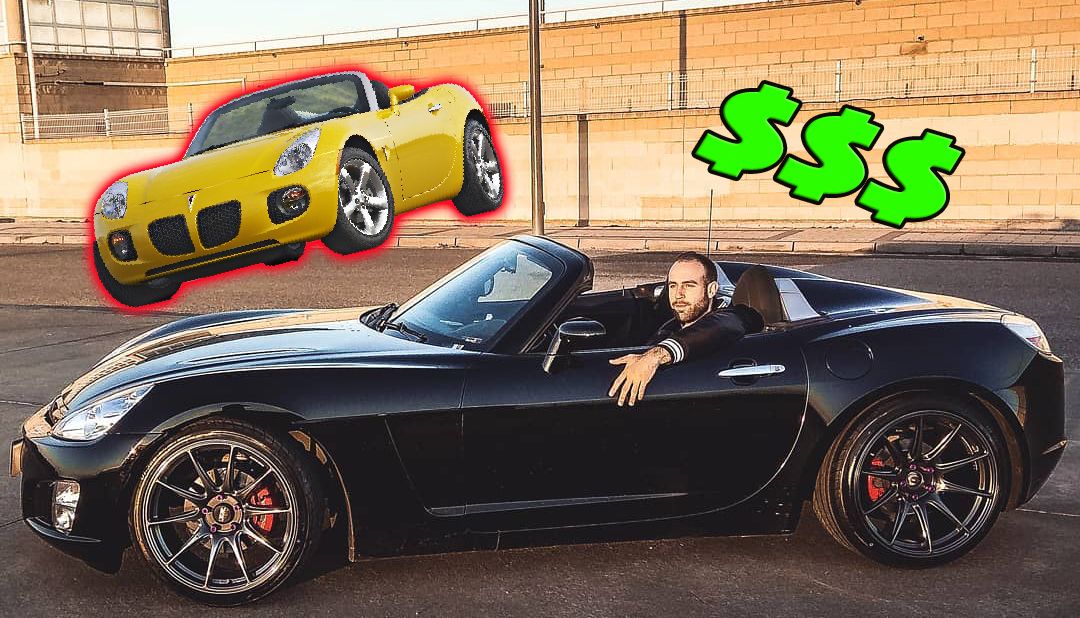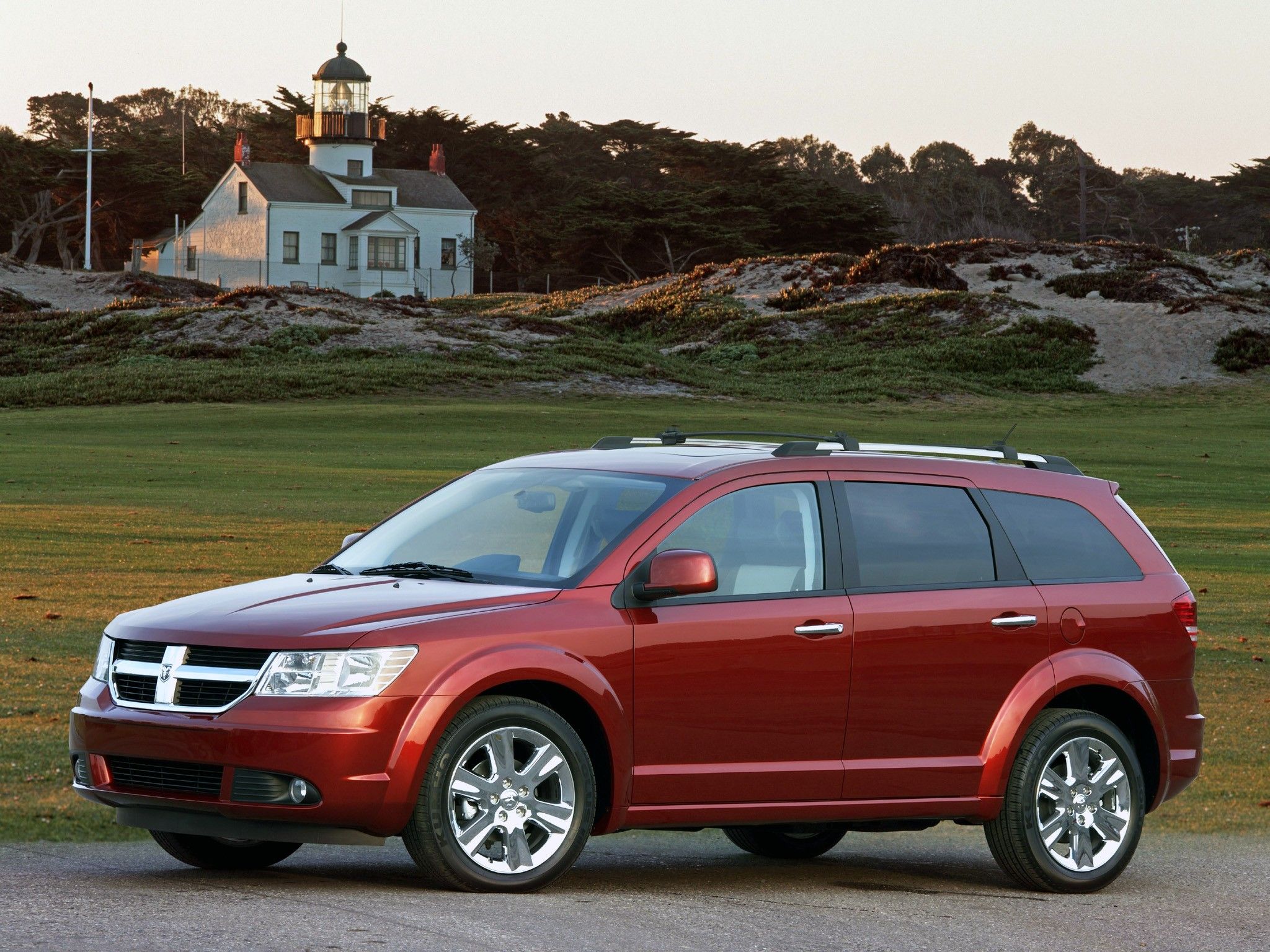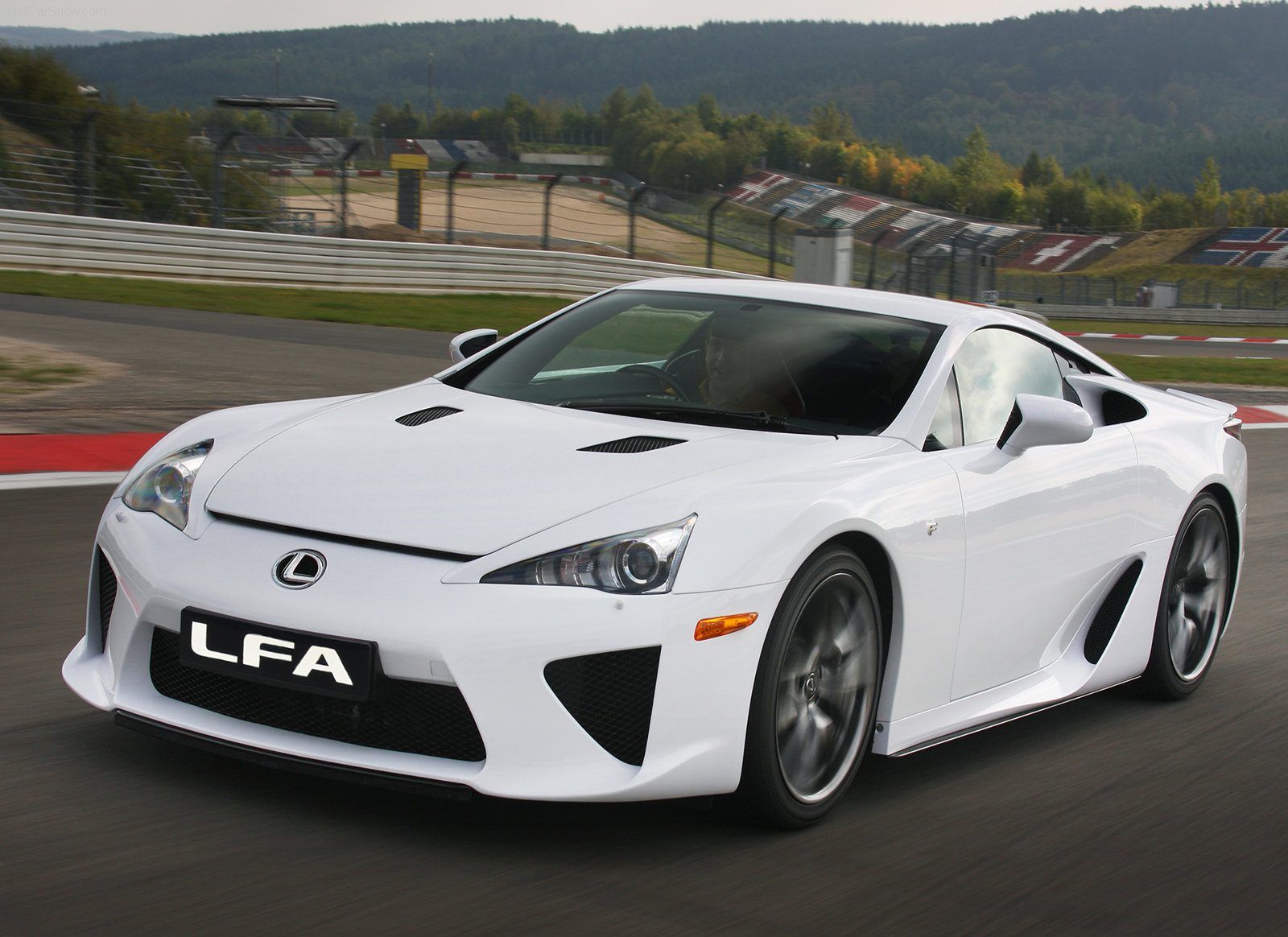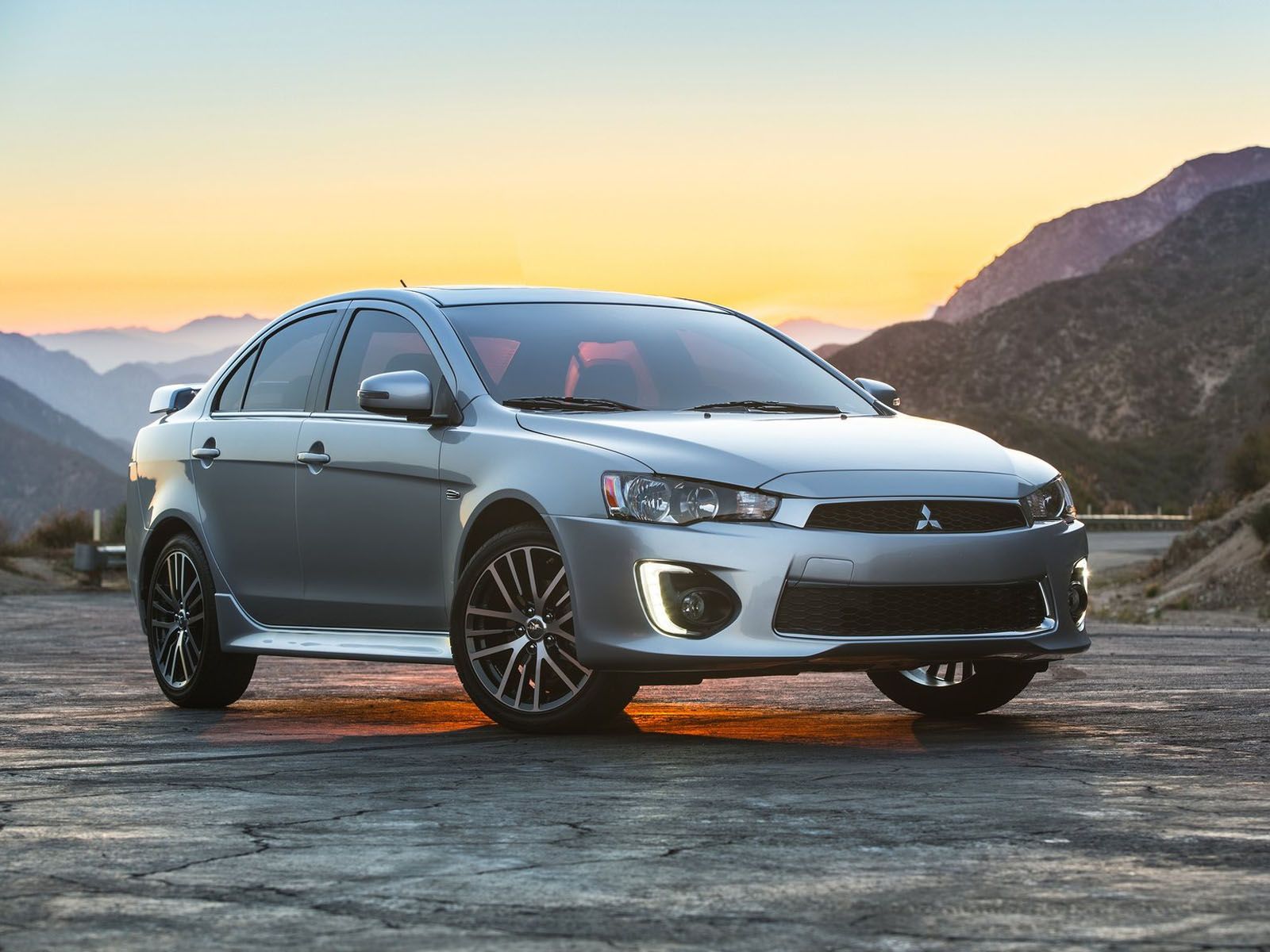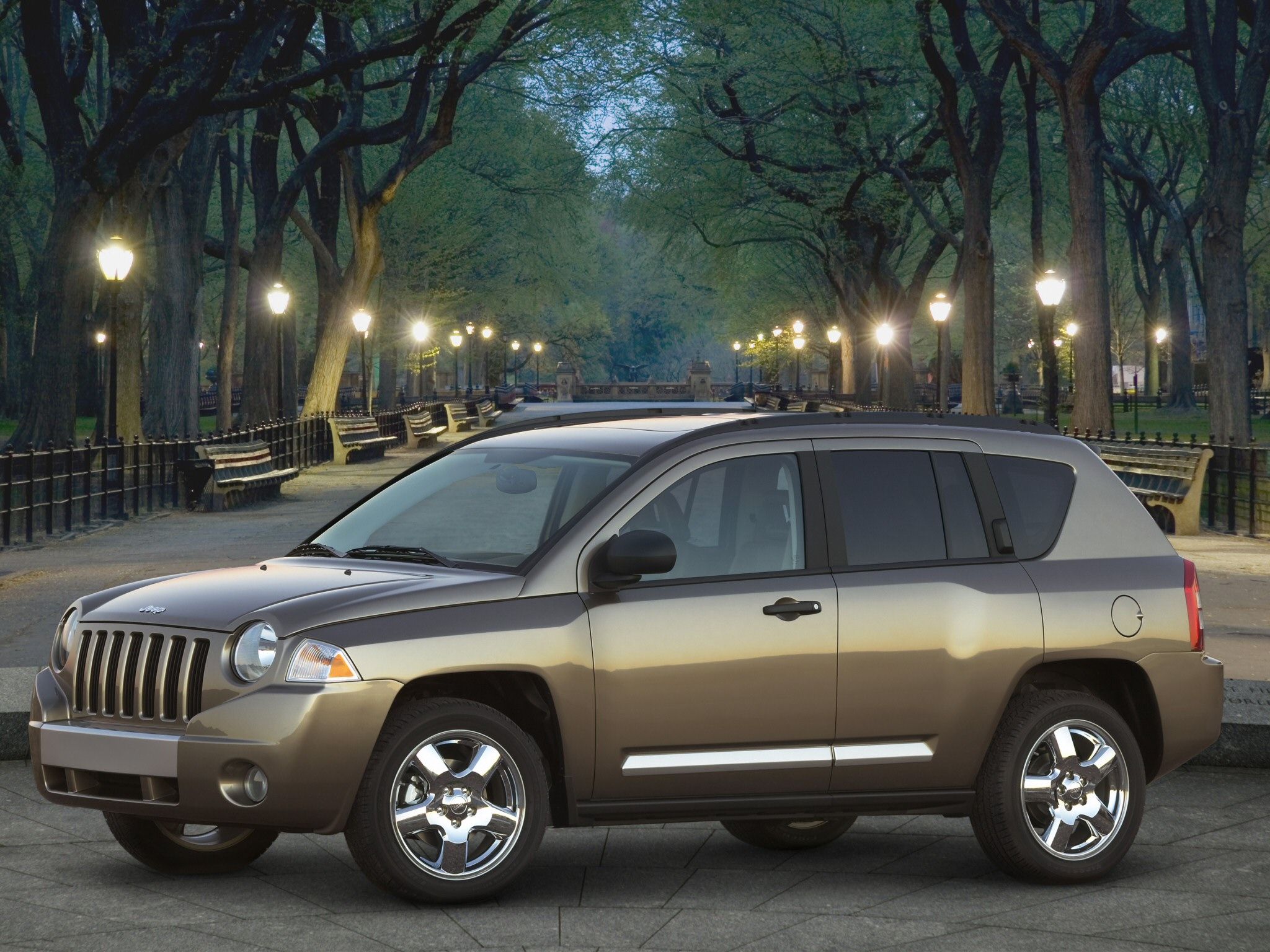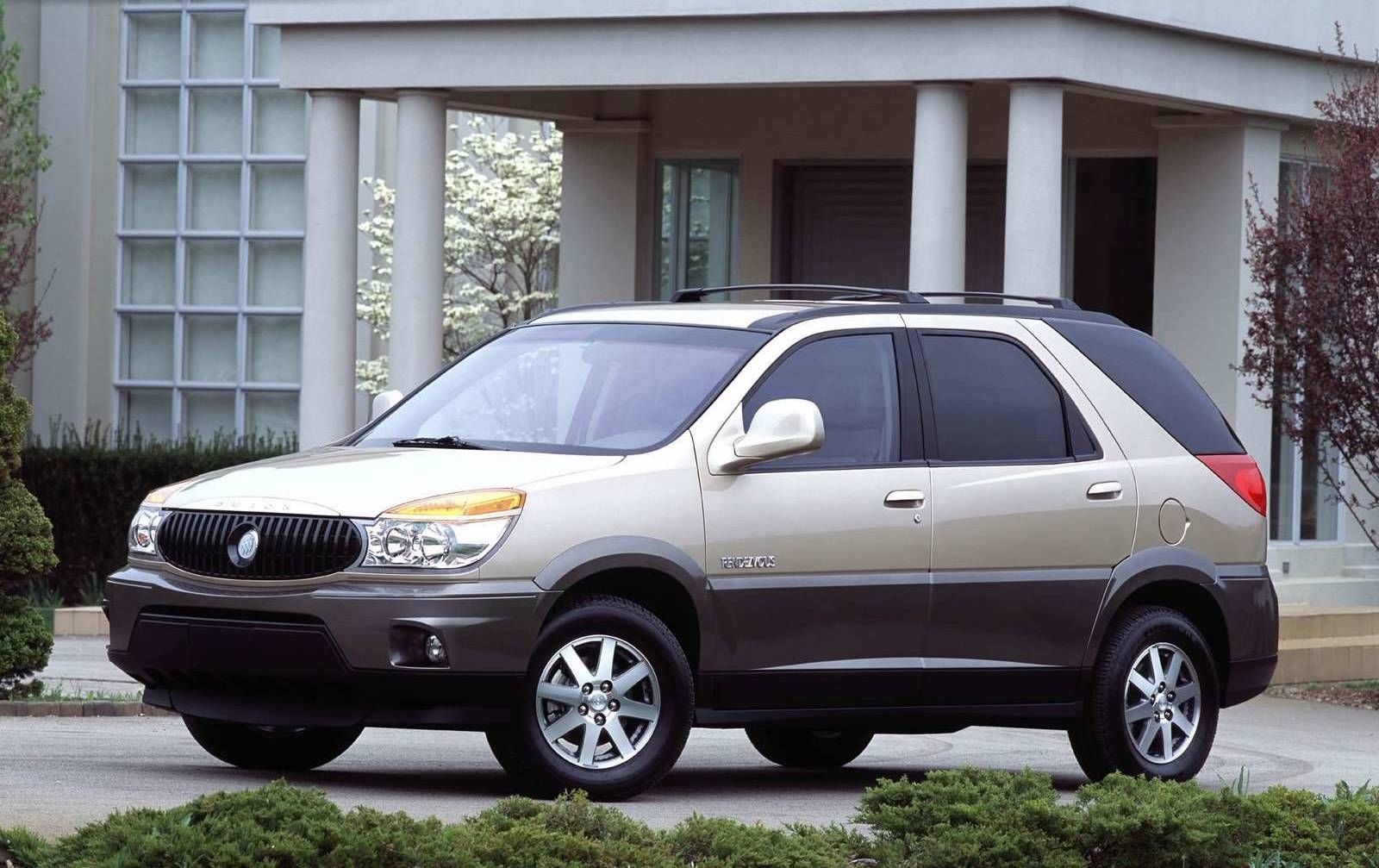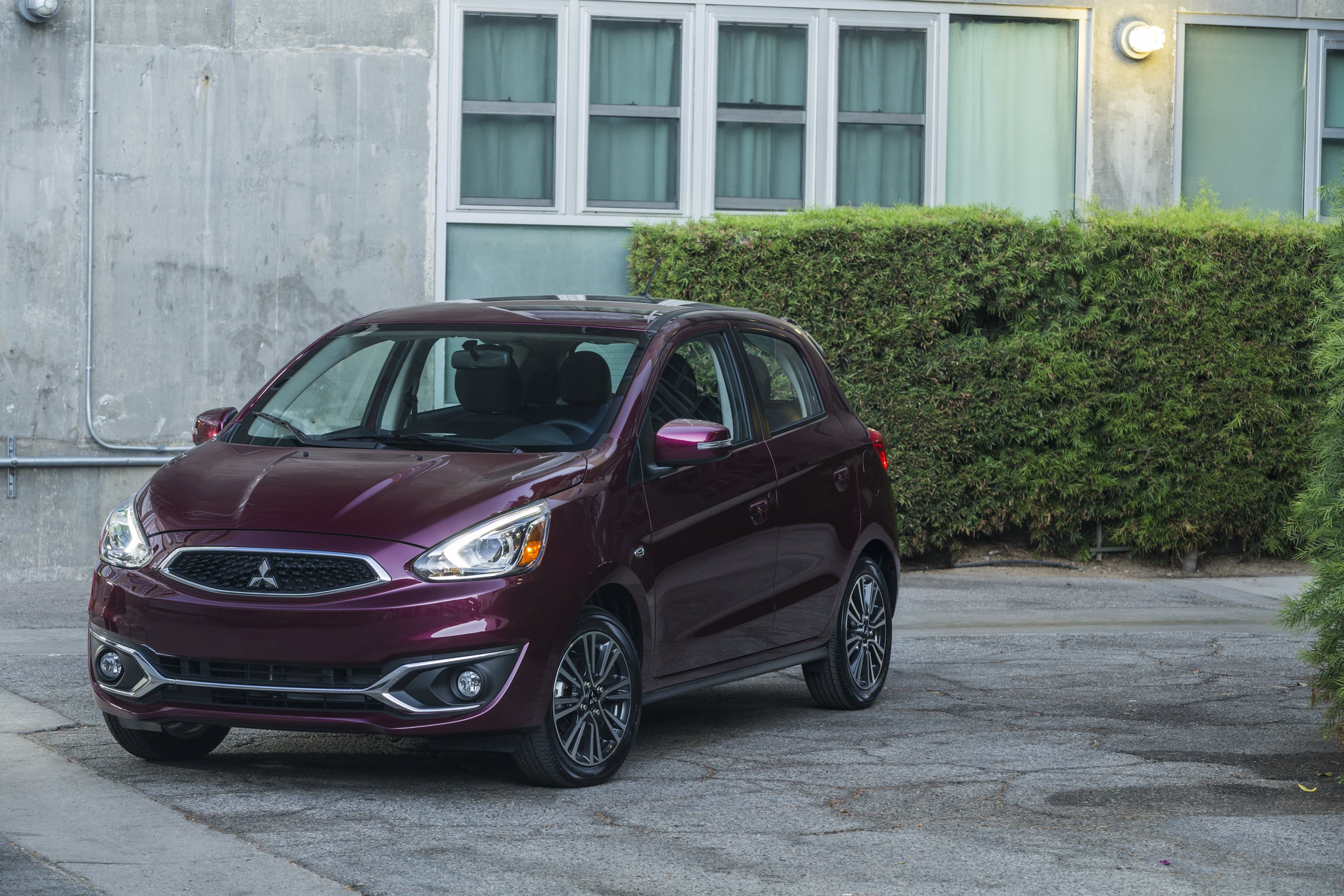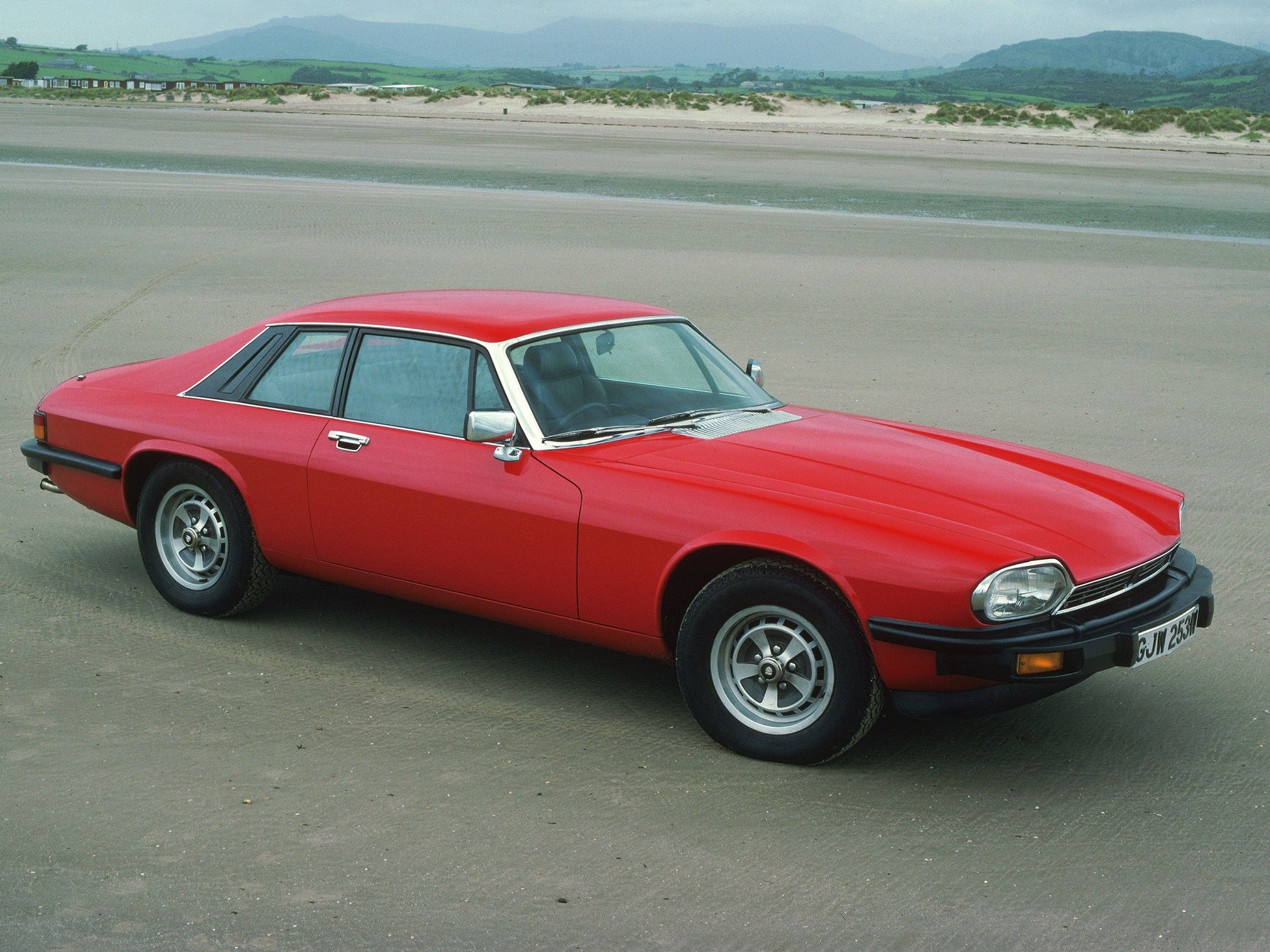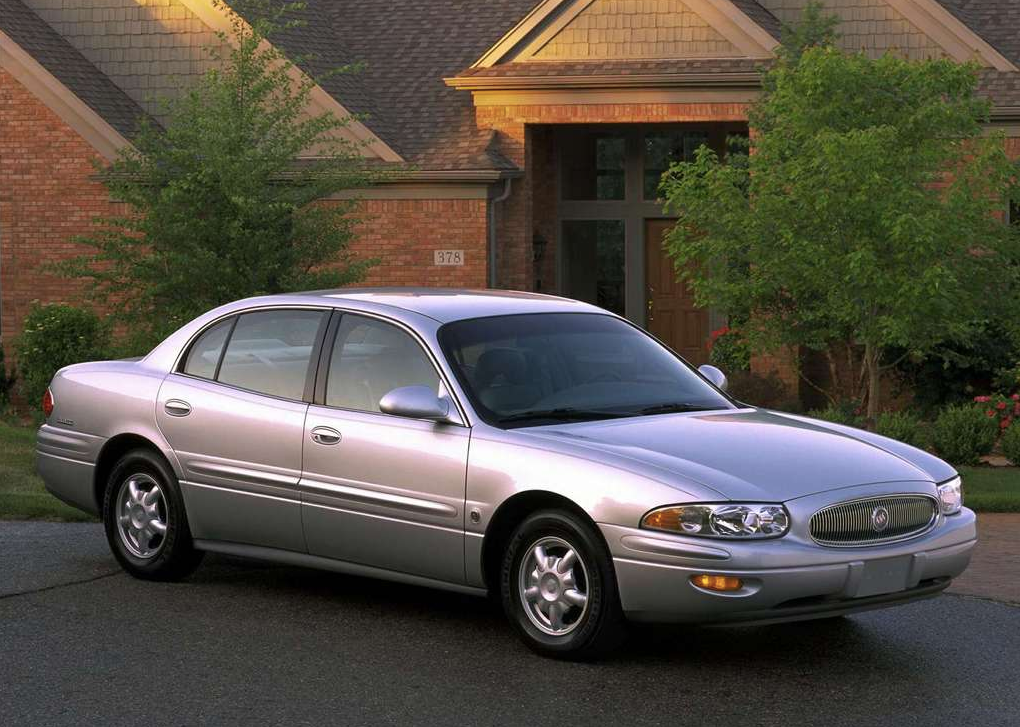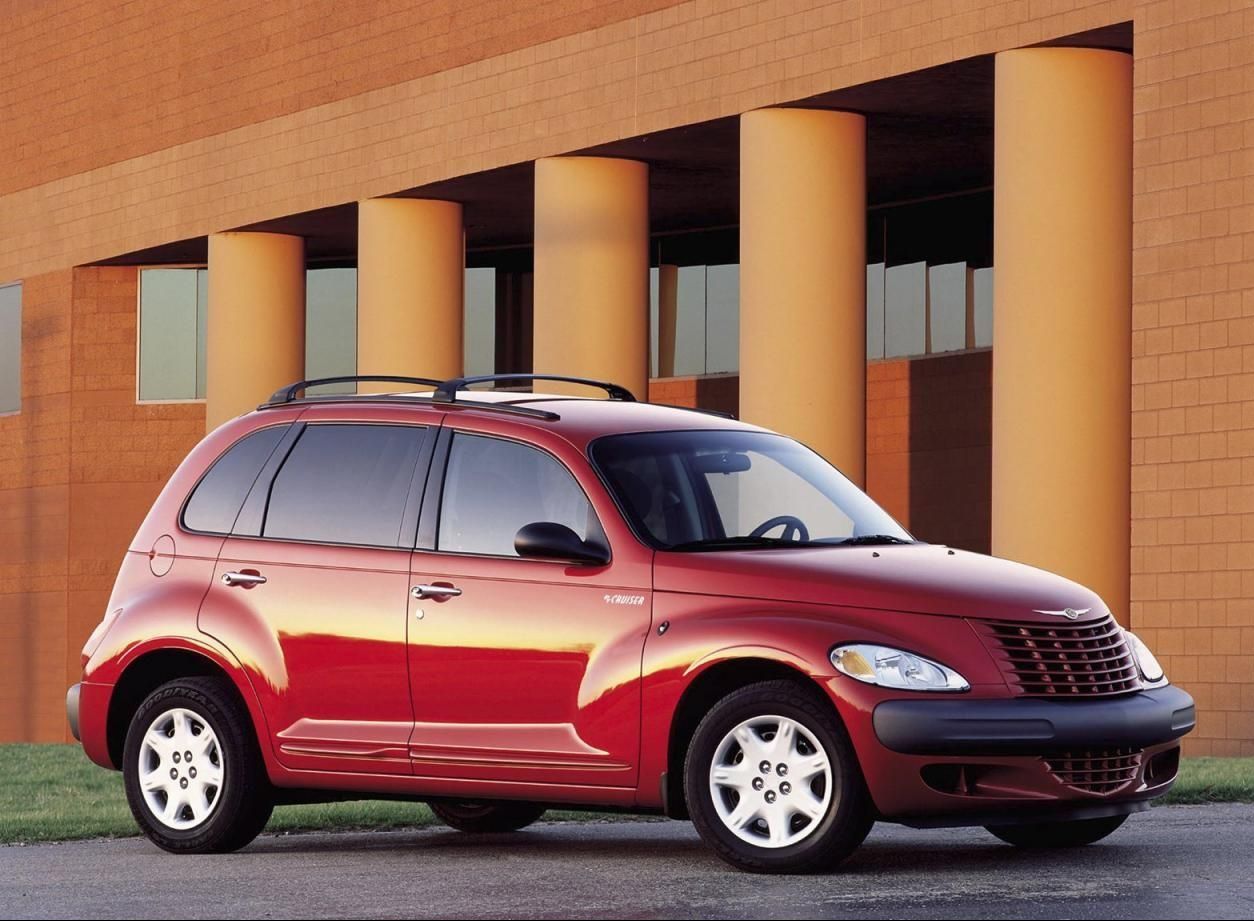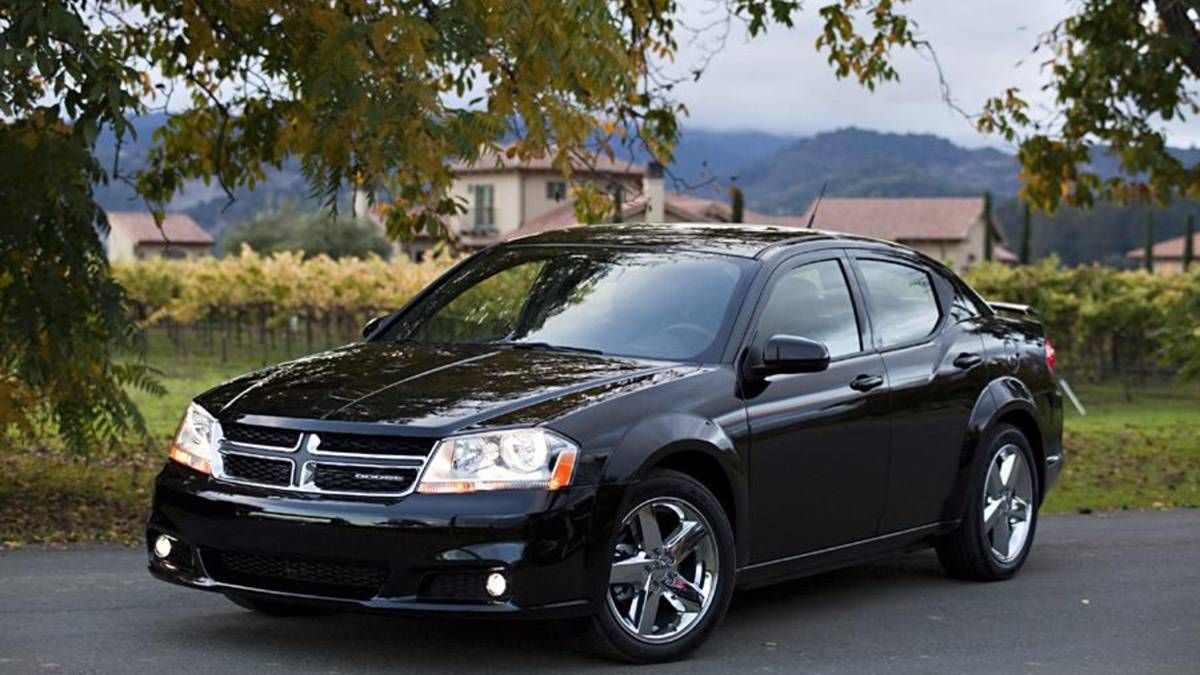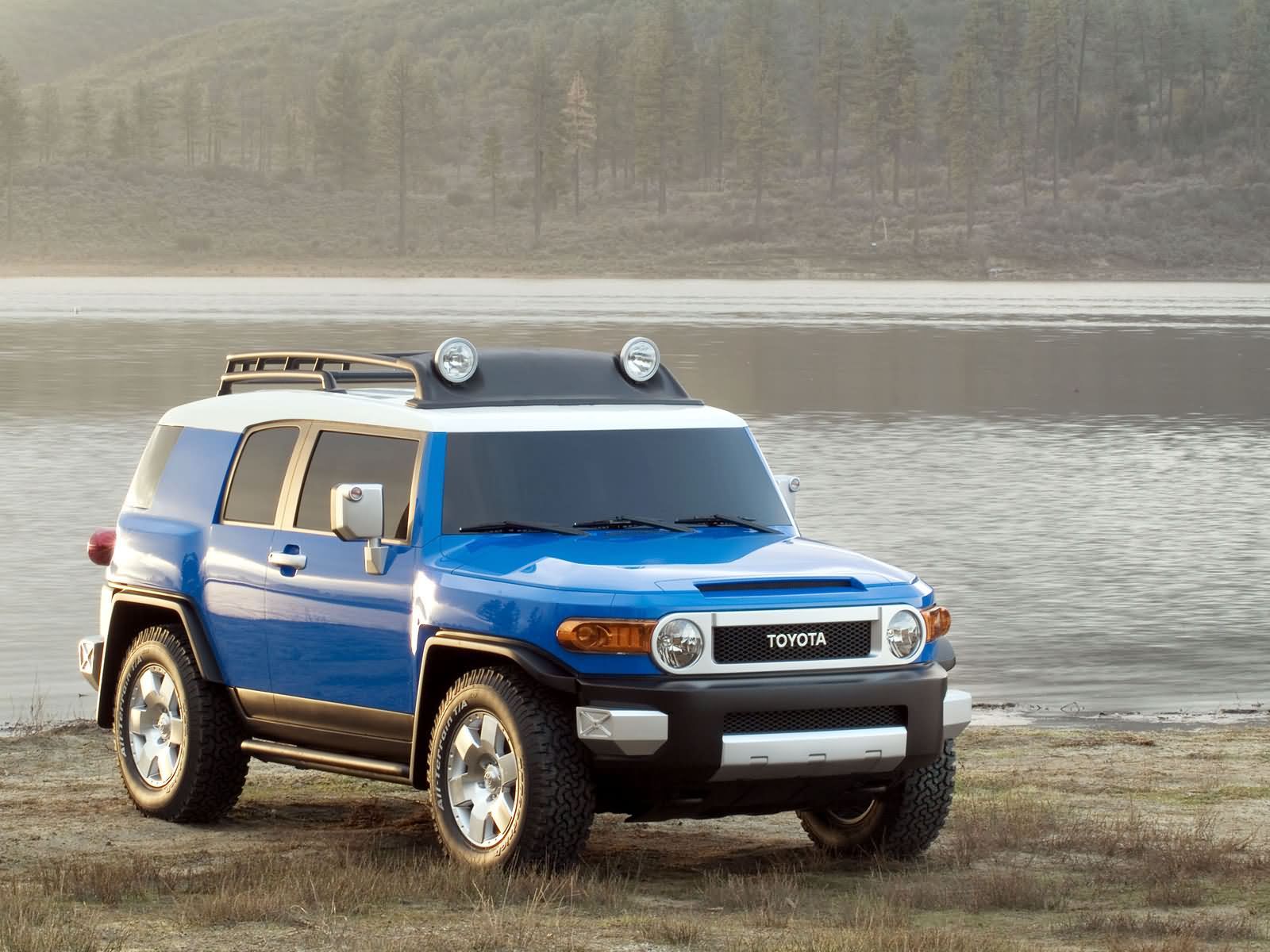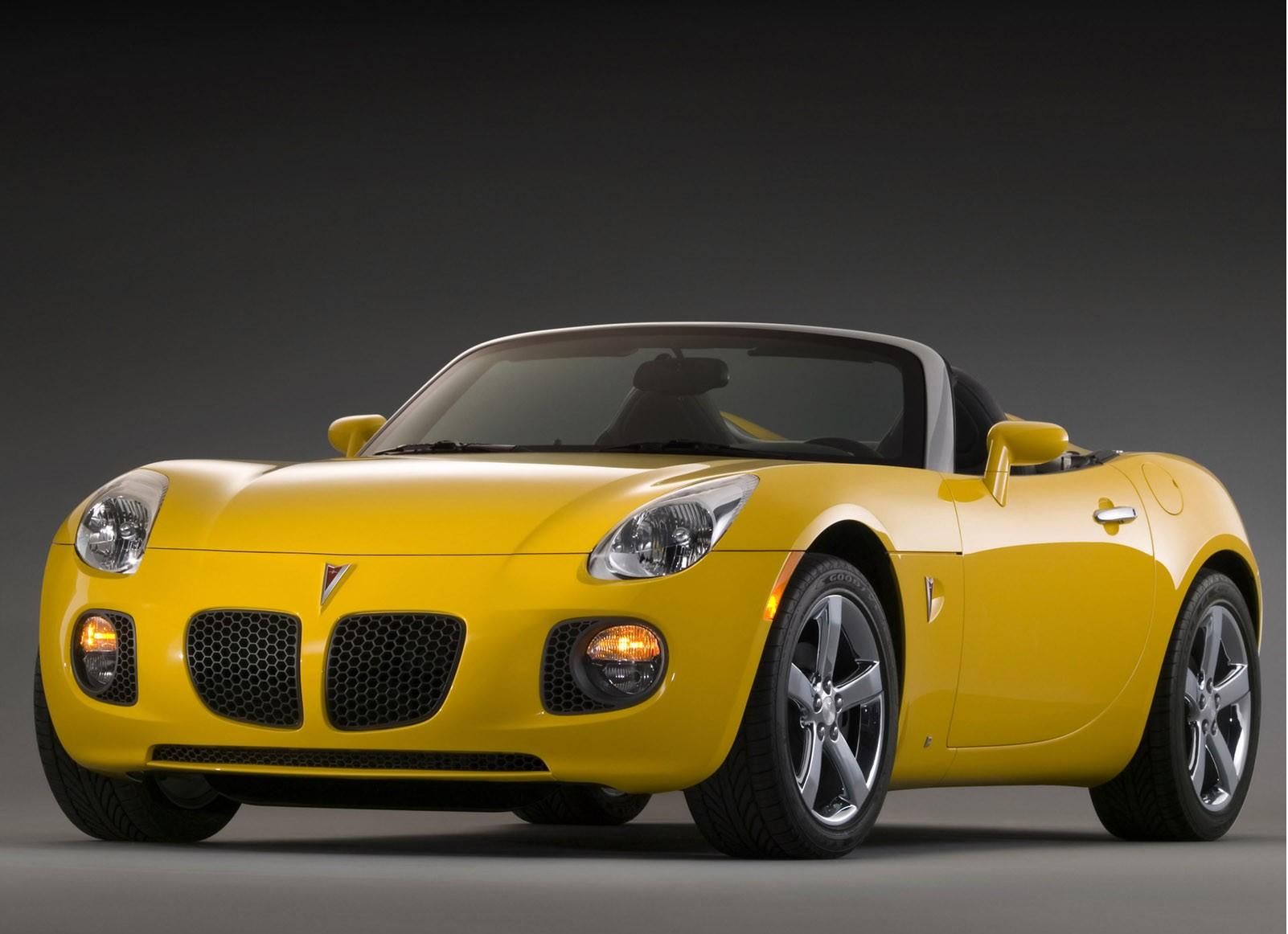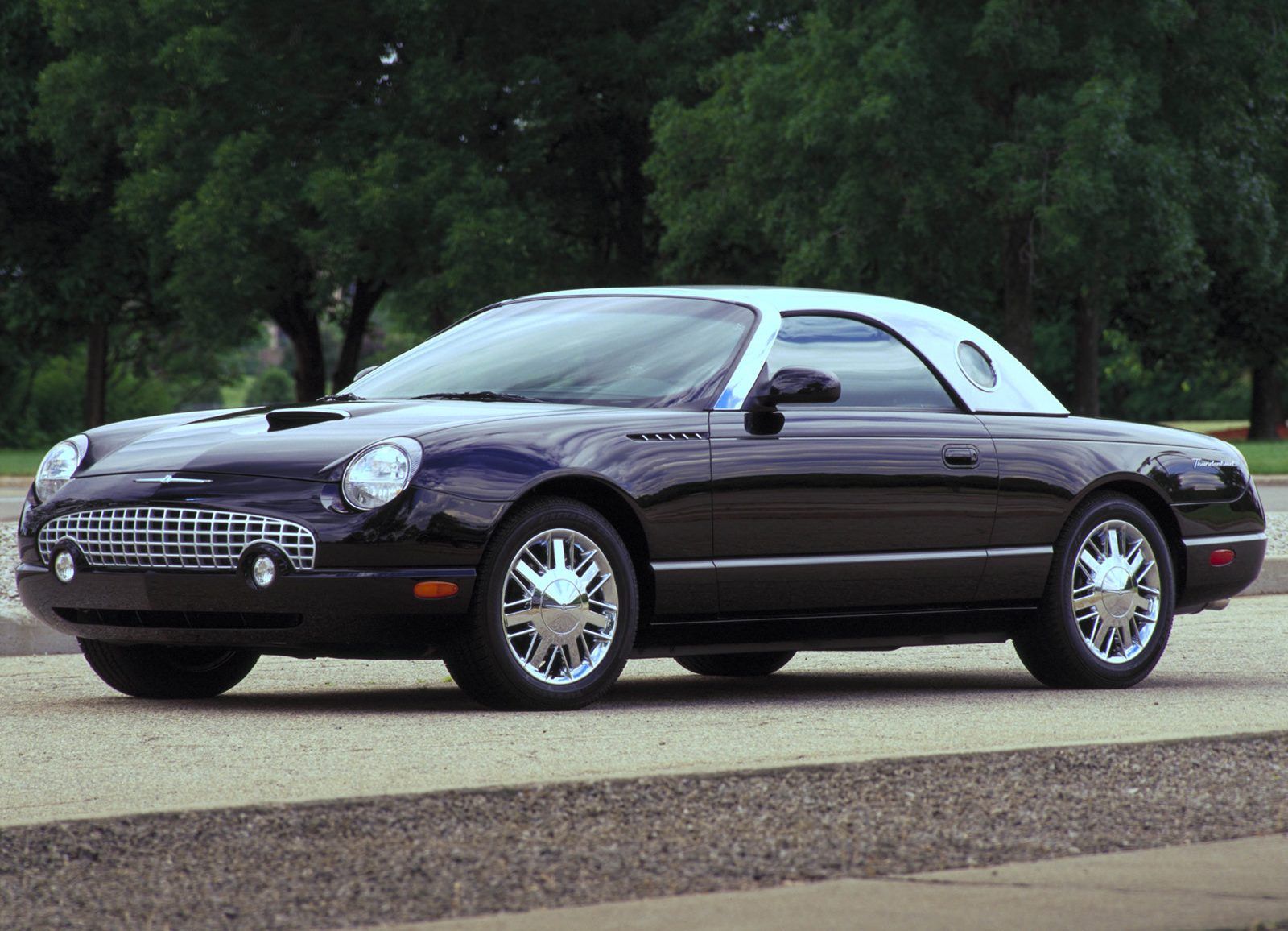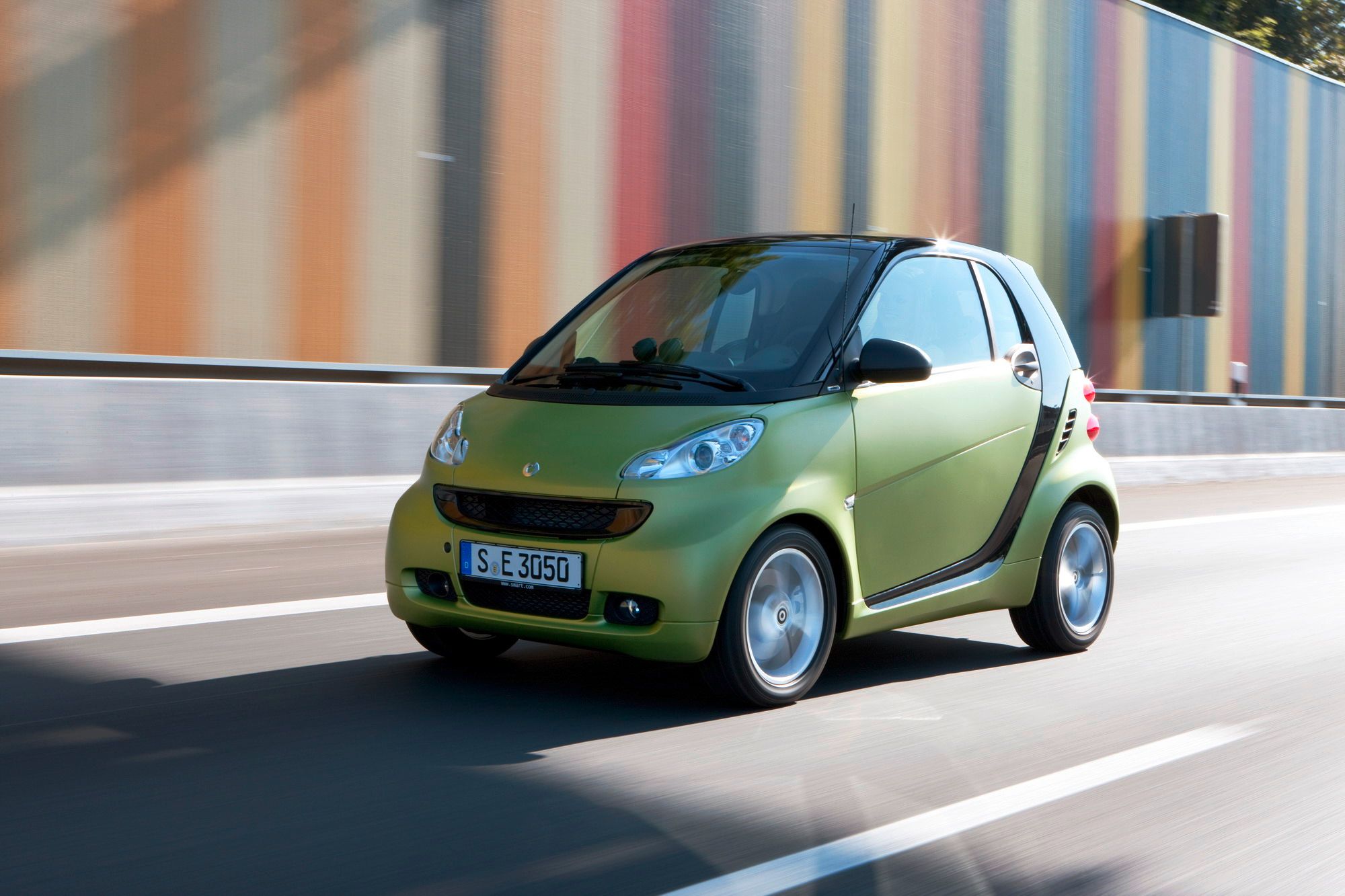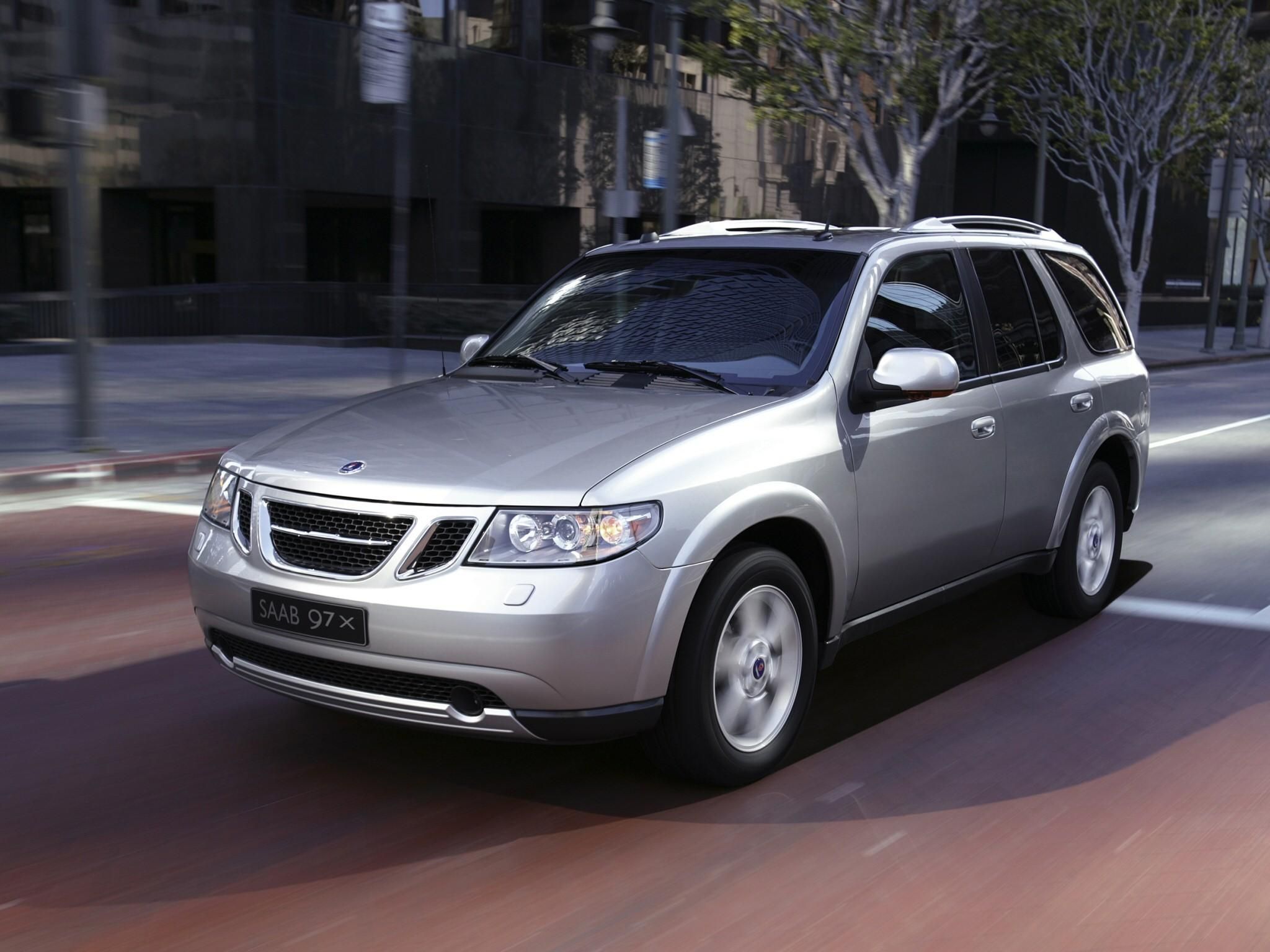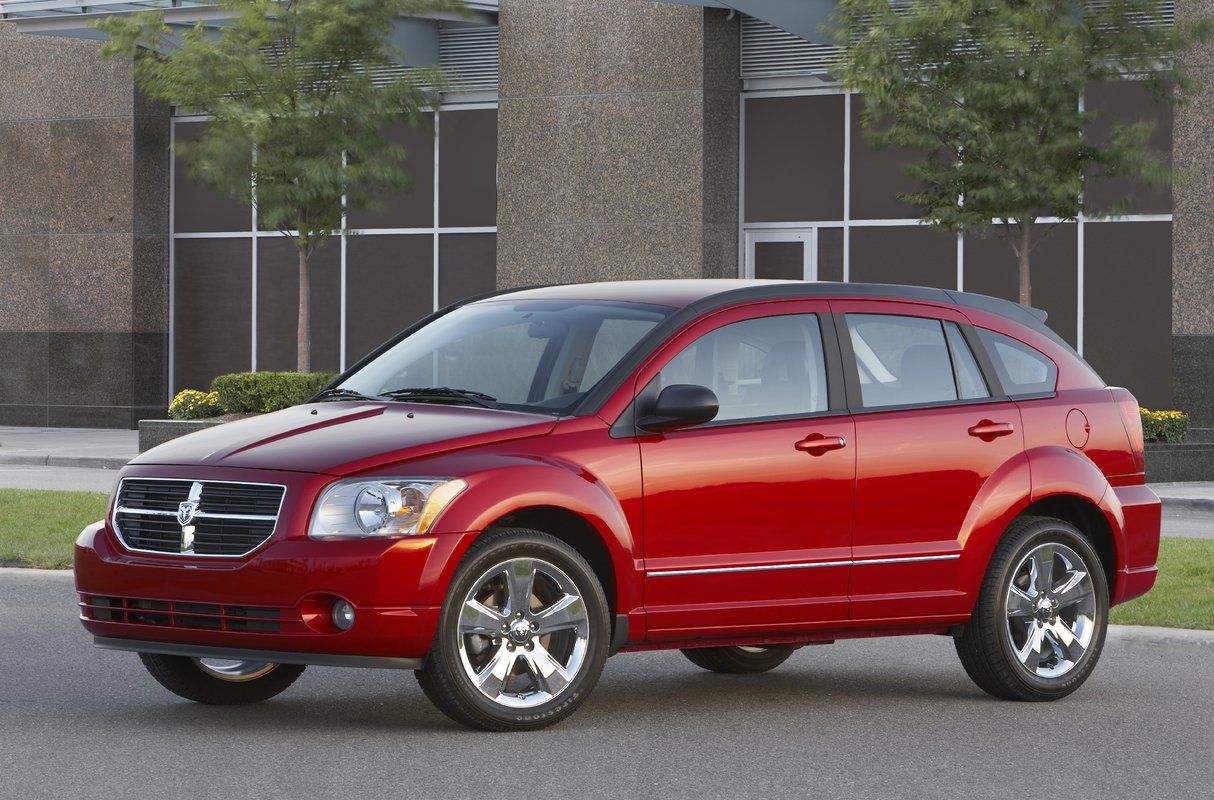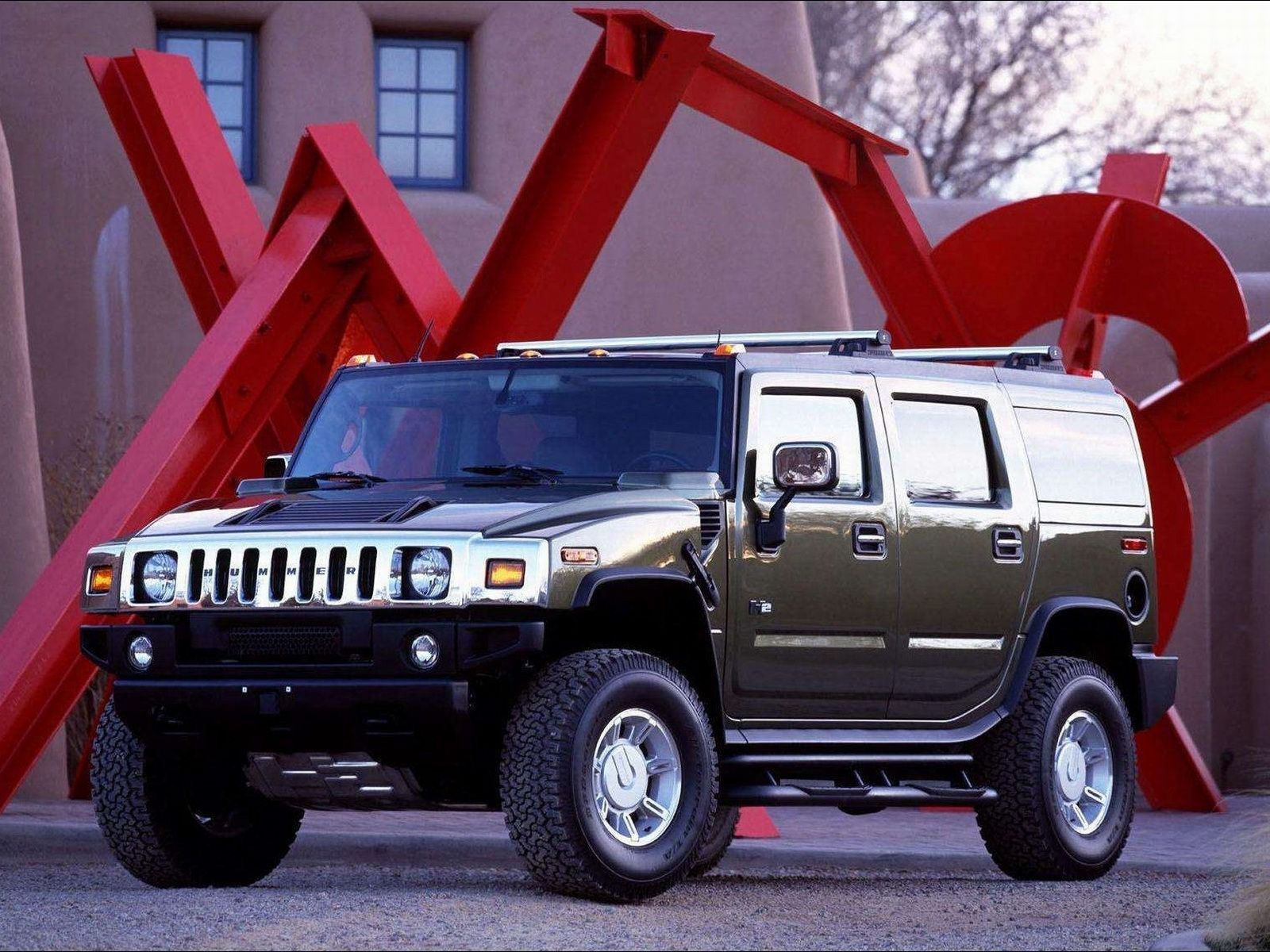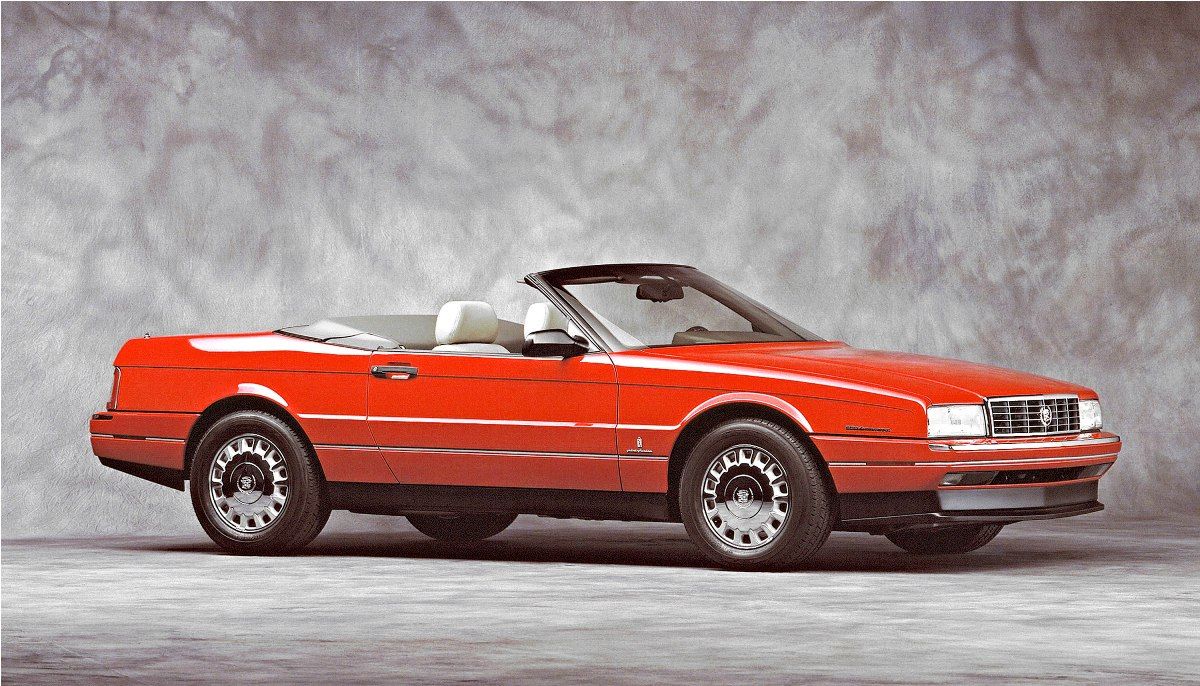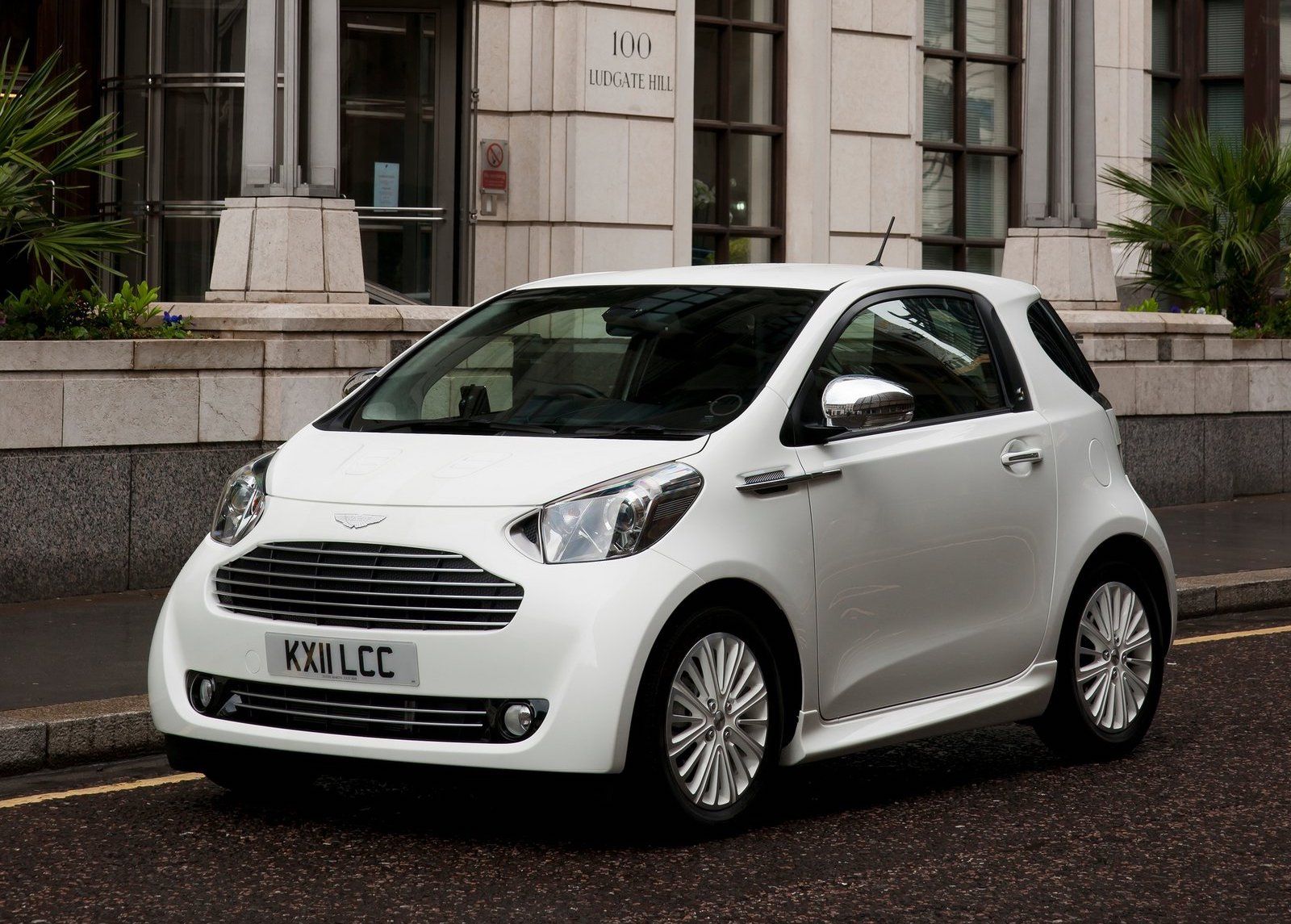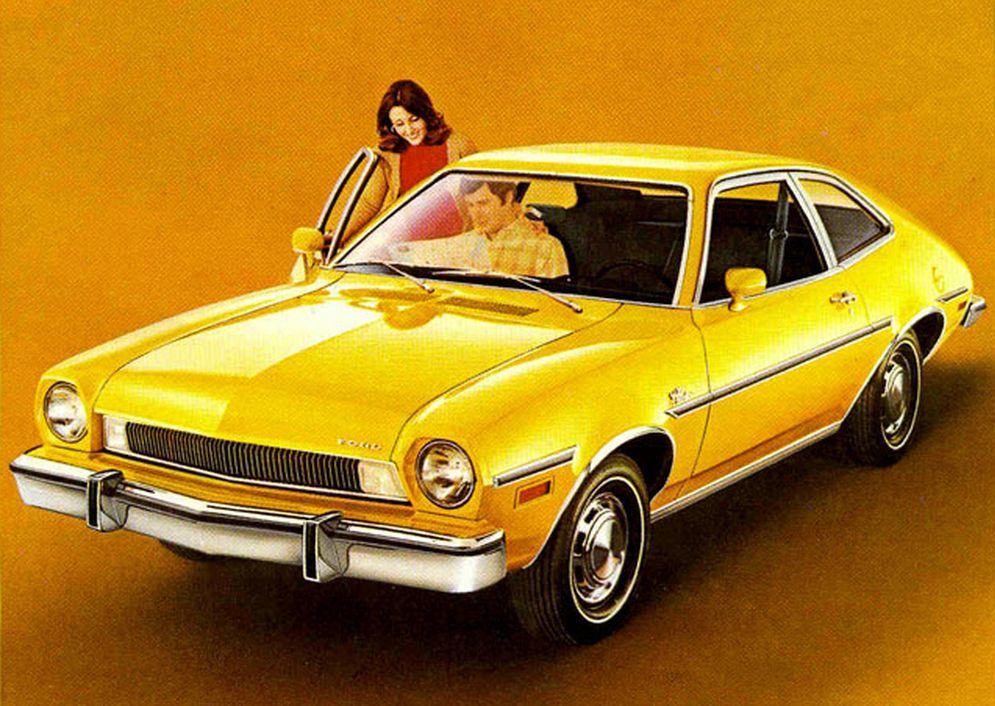One of the great things about the car industry is that the demand for a good car usually weeds out the garbage. Nobody goes out and wants to buy a bad car. Most consumers have a long laundry list of features and options that their car must have in order to be “the one.” But every once in a while, an automaker will sneak in a car that never should've been produced in the first place. And in even rarer cases, the cars sell well.
There are reasons beyond people making dumb auto-buying decisions. Usually, the manufacturers know that their product is terrible. So, they throw in some very attractive incentives to entice the more budget-oriented customers. But these cars sold in the thousands, and sometimes, they even sold over a million! A car is a large expense, to say the least. The fact that these cars sold so well means that out of the dozen of superior cars on the market, people ventured out to a dealership and decided that these cars were the best choice for them.
For the most part, these cars finally became footnotes of history. The world was spared once the manufacturer decided to end the misery they inflicted on the world. With the exception of the LFA, these aren't cars that you'll find in museums in fifty years. They won't find a coveted spot on the cover of Hemmings. Instead, they’re destined to rot in the junkyard as they slowly break down to return to the Earth to be forgotten forever.
25 Dodge Journey: 2008-present (1,400,000 units sold)
Where does one even begin with the faults of the Dodge Journey? It’s slow. It has a terrible build quality. Its styling is like the automotive equivalent to a yawn. Yet somehow, Dodge continues to build and sell the Journey year after year. There isn’t one feature about the Journey that makes it special, nothing that sets it apart from the pack of competitors that's the crossover market. In fact, the crossover market is the most competitive market in the industry.
With rivals like the Toyota Highlander, the Dodge has a tall order to fill, though the Dodge does have a lower starting price than nearly every competitor: $22,795.
But that low starting price doesn't come with much. For the starting price, what you get is a bottom-of-the-barrel FWD Journey with Dodge’s 2.4-liter 4-cylinder engine. (The same one you used to get in the Avenger.) And a horrible 4-speed automatic transmission. So, for that price, you have to ask yourself why you'd even consider buying one when you get so little in return.
24 Lexus LFA: 2012-2012 (500 units sold)
To say the least, the Lexus is an amazing car with a fine-tuned V10 pumping out over 500 horsepower and an incredible lightweight body and chassis. Though the LFA was one of the most meticulously engineered cars that Toyota had engineered, it was built with some pretty serious flaws.
The first major issue is that it was built as a Lexus in the first place. Though this may not seem like a huge issue, take into account the kind of cars that Lexus builds. Lexus is mostly known as the Japanese Buick, building sinfully boring cars with soft transmissions, uninspiring engines, and beige interiors. Nobody would've ever expected one of the most insane halo cars ever to come out of Japan to be built under their name. The LFA is flawed, to say the least. The seat belts aren’t made for people with a waist over a 30’’ waist. The seats are comfortable but only when compared to sitting on a wooden milk crate. And the worst sin of all... the car doesn't have a single cup holder. I know the car wasn’t built for comfort. But with a price tag north of $300,000, I expect a cup holder.
23 Mitsubishi Lancer: 2007-2017 (215,000 units sold)
We all know that it's difficult for a small auto manufacturer to make it in today’s market. The competition is stiff. If you don't have millions of dollars on hand for research and development, you often get left in the dust of your competition. When you step into a Mitsubishi Lancer, you can instantly tell that this is a car that was engineered and built on a budget. The hard plastic interior panels make you wonder if they're made of melted-down Happy Meal toys, the touchscreen infotainment system reminds you of a $50 Chinese iPad knockoff, and the sheet metal is so thin that when you close the truck, you’re almost worried that if you’re too vigorous with the trunk lid, you’ll dent the metal. However, there are a few good features to the Lancer, mainly a 10-year, 100,000 powertrain warranty and a sub-$20,000 starting price. That still doesn’t outweigh the many, many downsides of this car, though.
22 Jeep Compass: 2007-2010 (111,000 units sold)
When the Compass was first introduced into the US market, it was the first Jeep ever sold without the “Trail Rated” badge, meaning, it was Jeep’s first attempt to make a car that wasn’t designed with off-road driving in mind. Though it was later given the badge, it was very apparent that this was a car that was meant to never wander from the road. Given the state of Chrysler at the time, it was no surprise that the Compass suffered from many of the flaws that plagued Chrysler cars during this era, poor build quality primarily being the issue with the Compass. In fact, it isn’t uncommon to see Compasses with cracked or even missing bumpers and body panels. That doesn't even start to go into the issues of the shoddy powertrain, underwhelming acceleration from a drowsy 4-cylinder engine mated to a truly terrible CVT transmission. It shouldn’t be any surprise that the Compass typically rated last when compared to its main rivals.
21 Buick Rendezvous: 2002-2007 (345,000 units sold)
The Rendezvous was Buick’s first big step into the crossover world. Sharing its major components with the infamous Pontiac Aztek, it almost seemed the Rendezvous was destined for the bland books of history.
Initially powered by GM’s 3.4-liter V6 mated to a slush-bucket 4-speed automatic transmission, the Rendezvous was painfully slow.
To make matters worse, if you wanted any sort of AWD, you were stuck with GM’s infamous Versatrak system. It was a system that was neither refined nor sophisticated. I can attest to this since I've dug my neighbor's Rendezvous out of the driveway many times Like most General Motors vehicles in the early 2000s, it often fell behind the competition. But because of GM’s very attractive financing and rebates, the Rendezvous was “technically” a sales success. But I can’t imagine why anybody would've bought one over something like a Honda Pilot or a Toyota Highlander.
20 Mitsubishi Mirage: 2012-present (163,000 units sold)
Like the Lancer, the Mirage is a victim of a small automaker. The second you step into a Mirage, you can tell that it was engineered and built on a budget. As you look at the car, you can see where they’ve made cuts. They went as far as to not bother painting under the hood of the car just to save a few more pennies.
The Mirage is powered by a 1-litre, three-cylinder engine that produces a whopping 78 horsepower.
And to make matters worse, they've paired it with a truly awful CVT transmission. The only upside to that is Mitsubishi claims that you can muster over 40 MPG out of the Mirage. But when Car and Driver tested the car, they managed to pull only a disappointing 26 MPG out of their Mirage, simply because the engine couldn't produce the power they needed for day-to-day driving without mashing the pedal to the floor. The only upside to the Mirage is that it has a sub-$15,000 starting price. But with all of its downsides, why would you buy it over a nicer used car?
19 Jaguar XJ-S: 1975-1981 (4,818 units sold)
I don’t think anybody would argue with me when I say that Jaguar in the 1960s revolutionized the way European cars were designed. Jaguar set a standard for beautiful styling with the introduction of the E-Type in 1961. After a staggering fifteen-year production, it was time to retire the E-Type. Jaguar revealed the new and exciting XJ-S in 1975. Almost as soon as it went into production, the XJ-S was an outdated car.
Initially, Jaguar fitted the XJ-S with a burly 5.3-litre V12. Exotic, right? The only problem was that Britain was in the middle of a fuel crisis.
The styling was also an aspect critics pointed out, often criticizing the long hood and the buttresses that protruded out the back of the car. Couple the outward issues with the inward issues of next to bottom ranking reliability, and the XJ-S was clearly a terrible replacement for a car that had revolutionized an entire nation’s auto industry. Nevertheless, Jaguar still managed to sell thousands to loyal Jaguar customers all over the world.
18 Buick LeSabre: 2000-2005 (736,000 units sold)
If you've ever had the misfortune of sitting in the Buick LeSabre, you know that it's the poster child for the term “land barge.” It’s the stereotypical American sedan, with a large yet underpowered engine with a terrible transmission and a suspension made of mattress springs. If you were even unluckier, you were the person stuck in the back seat of the car, a place where nausea and motion sickness become a familiar sensation. The LeSabre was powered by GM’s proven yet boring 3800 series V6, which barely crested the 200-horsepower mark. Just to make the situation even worse, they mated it to their tried and true 4-speed transmission, a powertrain so stagnant that “speed” was in name only. Despite the LeSabre being worse than the competition in nearly every way imaginable, GM did manage to make it a sales success. When the Buick LeSabre was taken out of production in 2005, it was the bestselling full-size car in the United States—shocking, I know.
17 Chrysler PT Cruiser: 2001-2010 (1,047,000 units sold)
The PT Cruiser came to us at a strange time in the automotive world. Auto designers were starting to realize that retro-styled cars were capturing the hearts of buyers. Chrysler took that idea to the extreme, and the PT Cruiser was born. It seems like everybody was taken off-guard by the styling of the PT Cruiser. It was built in countless special editions, including the Woody’s Edition, which included fake wooden panels up and down the side of the car, throwing back to the “good ol’ days” when wood paneling was the norm for many cars. After several years of production, the honeymoon phase ended. People saw through the looks of the PT Cruiser and saw its many faults, mainly poor build quality, a shoddy engine, terrible transmission reliability, and the fact that the once daring and bold design of the car was aging terribly. By the end of its ten-year run, Chrysler had sold over a million examples. Nobody mourned its death, though.
16 Dodge Avenger: 2007-2014 (631,000 units sold)
If you look up the Dodge Avenger on Google, one of the first things you’ll see is a one-star rating from Motor Trend. Not even the Mitsubishi Mirage got such a low rating from Motor Trend. It’s a car that you know almost instantly from driving it that every part, down to the nuts and bolts holding the car together, was made at the absolute lowest price possible. And mind you, not the lowest price for a quality part. The. Lowest. Price. Possible. Period.
It was noisy, uncomfortable, slow, ugly, and the list can go on and on.
The Avenger was such a miserable vehicle that years after Dodge ceased production, there were unsold NEW Avengers sitting on dealer lots for years afterward. The Avenger was most at home in the parking lot of an airport rental company. And again, for reasons that no rational human being can comprehend, Dodge sold them by the thousands.
15 Toyota FJ Cruiser: 2006-2014 (222,000 units sold)
The Toyota FJ Cruiser was an odd car, to say the least, from the bizarre design to even the smaller details like having three wipers instead of the conventional two wipers. The FJ was a unique car in the fact that it went into production looking almost exactly like the concept that inspired it. It had a respectable V6 engine mated to a solid transmission. But the FJ left buyers wanting a few comforts, to say the least, starting with visibility. With the FJ’s huge rear pillars and porthole for a rear window, “difficult” is a mild term to describe the rear visibility. The FJ was technically a four-door car, but the rear suicide doors were so narrow and difficult to get in and out of, it’s difficult to see how they could've called it “four-door.” it’s not hard to see the appeal of the FJ, but when push comes to shove, you’ll wish you had bought a Wrangler.
14 Pontiac Solstice: 2006-2010 (65,000 units sold)
The Solstice was a car with so much potential. After decades of building what could best be described as subpar sports cars, Pontiac seemed to finally to be getting things figured out. There were few American cars that were as anticipated as the Solstice. When the big day finally came, though, "disappointment" was the word used most with the Solstice. The designers said that they had used the Corvette as inspiration when engineering the Solstice, though it’s hard to see where they used that inspiration. The engine and transmission felt like they were made of wood. The handling was subpar at best. And the interior was filled with the awful plastic components that GM customers had become acquainted with. Not to mention, the interior was cramped and crowded, making it difficult for any passenger with legs to be comfortable. Yet, for some reason, that didn’t deter people from buying the Solstice in droves.
13 Ford Thunderbird: 2001-2005 (68,000 units sold)
The eleventh generation of the Ford Thunderbird is a good example of automotive design going too far. Trying to jump on the nostalgia bandwagon, Ford went back in time when designing the last Thunderbird. From the mutated fish-faced front end to the porthole rear windows, all the way to the helicopter landing pad for a rear, the Thunderbird isn't easy on the eyes. Under the hood, it doesn’t get any better.
The Thunderbird was powered by a 4.0-litre V8 engine that produced a sinful 252 horsepower.
The misery continued into the interior of the car where it seemed to be a blended mixture of Jaguar components glued onto the plastic trim of a Taurus. Thankfully, the production run didn’t last longer than five years. That didn’t stop baby boomer from scooping up tens of thousands of the ugly things to relive their Happy Days fantasies, however.
12 Smart ForTwo: 1998-Present (1,500,000 units sold)
Since its inception, the Smart ForTwo has been a purpose-built car. It was meant to be a safe, fuel-efficient microcar that would sweep through the streets of our large cities and make maneuverability and day-to-day life easier for drivers. But the ForTwo is far from perfect. For a long time, the introductory models were sold without features like air conditioning and anti-lock brakes. Also, its lightweight design and plastic exterior components make road noise nearly unbearable, not to mention the sheer terror of driving down interstates and highways in the car that's smaller than a queen-sized bed. The ForTwo is powered by a grump, noisy three-cylinder engine (in the US) that's slow to respond and disappointing when it finally does kick itself into gear. Though the idea is a good one, the Smart is a long ways from being a good car.
11 Saab 9-7X: 2004-2008 (85,000 units sold)
The Saab 9-7 was the best example of the inevitable demise of Saab. The once quirky, odd Swedish automaker had fully become a General Motors zombie, losing his soul to the Detroit giant at the same time. The 9-7 was one of the only Saab badged cars not built in Sweden. It was actually built alongside its brothers, the Chevrolet Trailblazer, the GMC Envoy, and the Buick Rainier. The only clue might be the trademark center-mounted ignition in the interior of the car.
It was a sorry excuse for an SUV, let alone a Saab.
Though the 9-7 was given both six-cylinder and eight-cylinder variants, it did it no good since it was cursed with a dreadful four-speed automatic transmission. If you took all the badges off the 9-7, there would be no way to really tell that it was, in fact, a Saab.
10 Dodge Caliber: 2007-2012 (515,000 units sold)
Like the Avenger, the Dodge Caliber is a car with a one-star Motor Trend rating. It was part of Daimler’s big plan to revitalize the Chrysler brands and make them competitive with their main rivals. The Caliber, for the time, had a radical, bold new design. The Caliber could talk the talk, but it was a far cry from being able to walk the walk. "Unrefined" was the best way to describe it. Cheap plastic plagued the interior of the car, plastic so cheap that you could probably play a drum solo by hitting various plastic parts of the interior. Dodge even went as far as not putting a tachometer in some models! The powertrain left everything to be desired, as slow acceleration and unforgiving handling made driving a chore. Furthermore, the road noise was so severe that you'd be lucky to be able to have your hearing intact at the end of a long trip.
9 Hummer H2: 2002-2009 (153,000 units sold)
The Hummer H2 is possibly the best example of pre-recession America, as it was a gas-guzzling, icecap-melting, polar bear-killing SUV. The H2 was supposed to the be more civilian and civilized version of the Humvee. It was built on the same platform as a Chevrolet Suburban but was nowhere near as practical. Somehow, GM had managed to make an enormous vehicle feel smaller on the inside than the Suburban. Then, there’s the styling. I’m going to ignore the awful boxy look of the H2 and get right to the real issue: plastic. So much plastic. To make matters worse, it felt like the handles and the trim pieces were made of old Saturns that had been melted down and sacrificed to build this horrific monument to consumer waste. Last but not least, fuel economy—the H2 will do 10, yes, 10 miles per gallon. That should be enough to keep anybody from buying one.
8 Cadillac Allante: 1987-1993 (20,000 units sold)
The purpose of the Cadillac Allante was the same as that of most Cadillacs in the early '90s: take out the German competition. Cadillac decided to team up with legendary Italian designer Pininfarina to build their own luxury roadster. The Italians would build and assemble the body and trim in their facility in Turin. Once finished, they would carefully package the Cadillacs, load them into a custom-fitted Boeing 747, and send them on their way to Detroit, where they would finish assembling the Allantes before sending them to the dealerships. Then, they'd charge a staggering $54,000 starting price. The Allante had problems from the ground running. The Italians aren't known for build quality, and the Allante fell victim to this early on. GM was anxious to put the Allante on sale and ignored the problem, the company pushing the car into dealers despite knowing about build-quality issues. In the end, the Allante never lived up to the likes of the Mercedes SL.
7 Aston Martin Cygnet: 2010-2014 (593 units sold)
This is one car that never made sense from day one. Aston Martin is a company that produced sleek, sexy cars—the kind of cars that James Bond was proud to call his own. Then, they produced a small, three-cylinder Japanese car, the Cygnet, but it was nothing more than a rebadged Scion/Toyota iQ that was delivered to Aston Martin. Once Aston took possession of the car, they finished the paint, the interior trim, and the lighting.
Aston claimed that their reasoning for building the Cygnet was that Aston’s customers were becoming more and more urban.
They needed something that could meet the needs of their city-dwelling customers better than a DB9 could. However, the real reason the Cygnet was built was so that Aston could meet changing EU emission standards. Despite the embarrassment of building an eco-car under the badge of a luxury sports car brand, Aston managed to sell over 300 units over the brief time the Cygnet was in production.
6 Ford Pinto: 1971-1980 (3,173,000 units sold)
The Pinto is one of the most infamously dangerous cars that's ever been built. Like the original Mustang and later, the Chrysler minivans, it was another brainchild of Lee Iacocca. Lee wanted Ford to build a competitive economy car that weighed less than 2,000 pounds and cost less than $2,000, and he wanted it done fast!
Many people speculate that it was the cost-cutting and the rushing into production that were responsible for the Pinto’s fatal flaw, that flaw being that when the Pinto was involved in a rear crash, it tended to… catch fire. And to make matters worse, because the Pinto was rushed into production so quickly, sometimes, the rear impact of the collision would bend the body panels in a way that the door couldn't be opened. So, some people found themselves trapped in a burning car with no way out.

